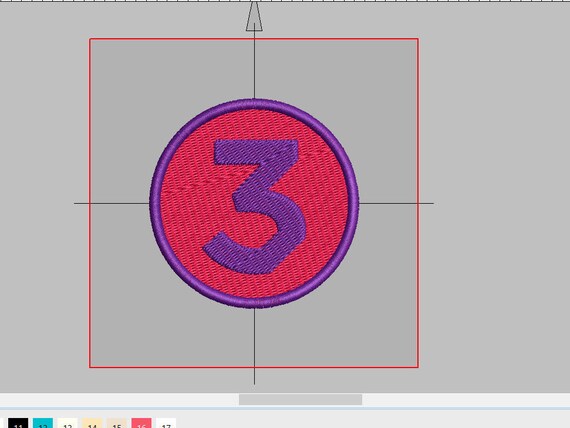
- #PROBLEMS RESIZING WITH WILCOM HATCH HOW TO#
- #PROBLEMS RESIZING WITH WILCOM HATCH FULL#
- #PROBLEMS RESIZING WITH WILCOM HATCH SOFTWARE#
- #PROBLEMS RESIZING WITH WILCOM HATCH SERIES#
What that means is that if you click one of them and buy something… I get a commission. Just to let you know that some of the links on this site are affiliate links. You can’t paint over a red and white striped wall with one or two coats of white paint without a good primer and thread is quite similar. Some thread colors simply can’t cover a high contrast background fabric solidly. The downside is more fabric displacement, more thickness, and more overall puckering and rippling. Thread weight is controlled by the embroiderer and many embroiderers use a 30wt thread for better coverage.
#PROBLEMS RESIZING WITH WILCOM HATCH SOFTWARE#
Unfortunately, unless you have the native, or source file, for the design along with the software used to create it-plus the skill and knowledge to make the appropriate changes-you can’t do a whole lot to remedy the situation optimally. There’s a better way to get good coverage that I cover in Anatomy of a Design. Novice digitizers often think that the best way to get good coverage in fills is to use shorter stitches and tighter densities.Īctually, this doesn’t provide better coverage and it is a guaranteed way to make a design both too dense and have a higher stitch count. Larger areas typically have a “void” under the upper layer and only overlap along the edges to avoid unsightly gaps.

When areas are very small, stacking may be necessary. The first three are controlled by the digitizer through stitch length and stitch density as well as creative and thoughtful planning. There are four things that combine together to make a design too dense: What this means is that a design may be technically too dense for one fabric and be just fine for another. Weaves with some space between the weave won’t overflow as easily. The more stitches per square inch, the bigger the “body mass” and the more displacement occurs.
#PROBLEMS RESIZING WITH WILCOM HATCH FULL#
Densely woven fabrics-think denim-are a full bathtub and adding thread between the weave pushes the fibers apart. Thread is the same way only in this case, it’s displacing fabric.

And, the bigger your body, the more you displace. What’s happening is your body mass is displacing an equal amount of water-well, at least the part of your body that’s in the water. If you’ve ever sunk down into a really full bathtub, you may have noticed the water level rise. And every stitch except the first and last has 2 threads through the fabric-one going in and another coming out. We say “embroider on” but we are actually embroidering through. Some embroiderers expect embroidery to be full, total, absolute solid coverage.īut here’s the thing, embroidery is an embellishment that, while it appears to be surface only, actually penetrates the fabric. I never did get to the bottom of that and I finally chalked it up to personal preference.

This same design had been sewn in production by a large company and they thought it was perfect. The first one said, “This design is perfect! It runs like butter!” The next said, “This design is so thick it breaks thread!” and another said “This design doesn’t cover my fabric!” Now how could that be?Īll said they sewed it at actual size with 40wt thread. In one week I got three emails about the same dog.
#PROBLEMS RESIZING WITH WILCOM HATCH SERIES#
Unfortunately, these are not the solutions! Density and GoldilocksĪbout 20 years ago, I digitized a series of show breed style dogs. One person adjusted the machine tension to control the thickness.
#PROBLEMS RESIZING WITH WILCOM HATCH HOW TO#
Just this week I had 3 people email me about how to deal with “thick” designs or what is commonly known in the industry as “bullet proof embroidery.” The major complaint was puckering and bulky design.Įach of them had thrown all sorts of stabilizers and multiple and too many stabilizers at the design, which did nothing for the puckering and only added to the thickness.


 0 kommentar(er)
0 kommentar(er)
